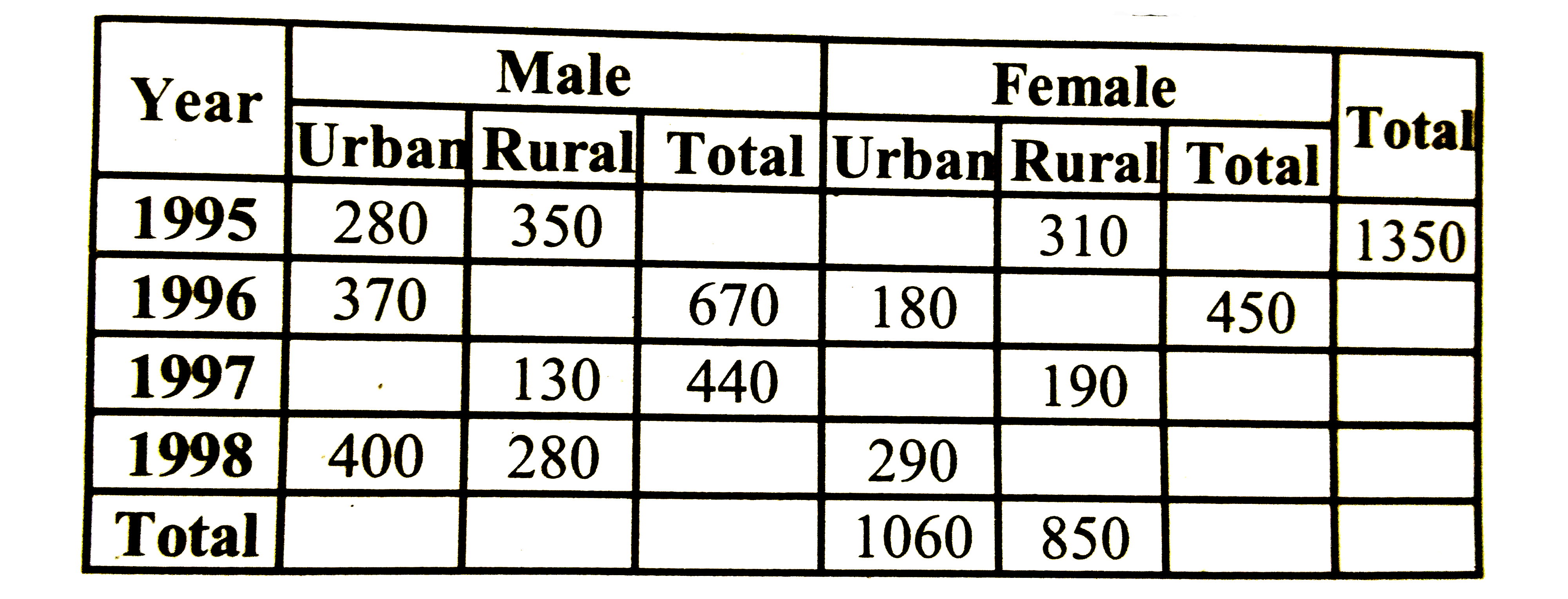In a hypothetical population of 100 individual having 'r' = 0.5/female/year, what will be the population size in 6 years (with e = 2.72) showing exponential rate of growth ?
448
1212
739
2012
The correct Answer is:D
To solve the problem of determining the population size in 6 years for a hypothetical population of 100 individuals with an intrinsic growth rate (r) of 0.5 females per year, we will use the formula for exponential growth:
Nt=N0⋅ert
Where:
- Nt = population size after time t
- N0 = initial population size
- r = intrinsic growth rate
- t = time in years
- e = base of the natural logarithm (approximately 2.72)
1. Identify the Variables:
- Initial population size (N0) = 100 individuals
- Intrinsic growth rate (r) = 0.5 females/year
- Time (t) = 6 years
- Base of the natural logarithm (e) = 2.72
2. Plug the Values into the Formula:
Nt=100⋅e(0.5⋅6)
3. Calculate the Exponent:
- First, calculate 0.5⋅6=3.
- So, the equation now becomes:
Nt=100⋅e3
4. Calculate e3:
- Using the approximate value of e:
e3≈2.723≈20.0855
5. Calculate the Population Size:
Nt=100⋅20.0855≈2008.55
- Rounding this to the nearest whole number gives us approximately 2009.
6. Final Population Size:
- Therefore, the population size after 6 years is approximately 2009 individuals.
Summary of Calculation:
- Nt=100⋅e(0.5⋅6)
- Nt=100⋅e3
- Nt≈100⋅20.0855
- Nt≈2009
- Nt = population size after time t
- N0 = initial population size
- r = intrinsic growth rate
- t = time in years
- e = base of the natural logarithm (approximately 2.72)
- Initial population size (N0) = 100 individuals
- Intrinsic growth rate (r) = 0.5 females/year
- Time (t) = 6 years
- Base of the natural logarithm (e) = 2.72
Nt=100⋅e(0.5⋅6)
- First, calculate 0.5⋅6=3.
- So, the equation now becomes:
Nt=100⋅e3
- Using the approximate value of e:
e3≈2.723≈20.0855
Nt=100⋅20.0855≈2008.55
- Rounding this to the nearest whole number gives us approximately 2009.
- Therefore, the population size after 6 years is approximately 2009 individuals.
- Nt=100⋅e(0.5⋅6)
- Nt=100⋅e3
- Nt≈100⋅20.0855
- Nt≈2009
Topper's Solved these Questions
- ORGANISMS AND POPULATIONS BOOK - PHYSICS WALLAHCHAPTER - ORGANISMS AND POPULATIONS EXERCISE - LEVEL - 2
30 Videos
- NEURAL CONTROL AND COORDINATION BOOK - PHYSICS WALLAHCHAPTER - NEURAL CONTROL AND COORDINATION EXERCISE - NEET Past 10 Years Questions
25 Videos
- PHOTOSYNTHESIS IN HIGHER PLANTS BOOK - PHYSICS WALLAHCHAPTER - PHOTOSYNTHESIS IN HIGHER PLANTS EXERCISE - NEET PAST 10 YEARS QUESTIONS
23 Videos
Similar Questions
Knowledge Check
A population of 100 individuals has a doubling time of 25 years. What size will this population be in 100 years?
A100B400C1600D3200The population of a city at present is 80000. If it increase by 5% per year, what will be the population after 3 years?
A88200B84000C92610D86610The population of a town is 200000. It increases annually at the rate of 10%. What will be the population after 2 years?
A240000B242000C221000D244000
The present population of a town is 28000. If it increases at the rate of 5% per annum, what will be its population after 2 years?
View SolutionThe population of a town is 200000. It increases annually at the rate of 10%. What will be the population after 2 years?
View SolutionWhich one of the following populations will show the greatest population increase in the next year, assuming exponential growth?
View SolutionThe population of a town is 125000. It is increasing at the rate of 2% per annum. What will be its population after 3 years?
View SolutionThe present population of a town is 24000. If if increases at the rate of 5% per annum, what will be its population after 2 years?
View Solution

